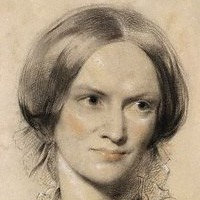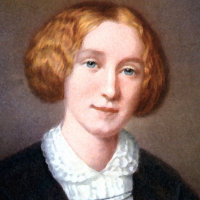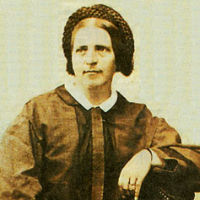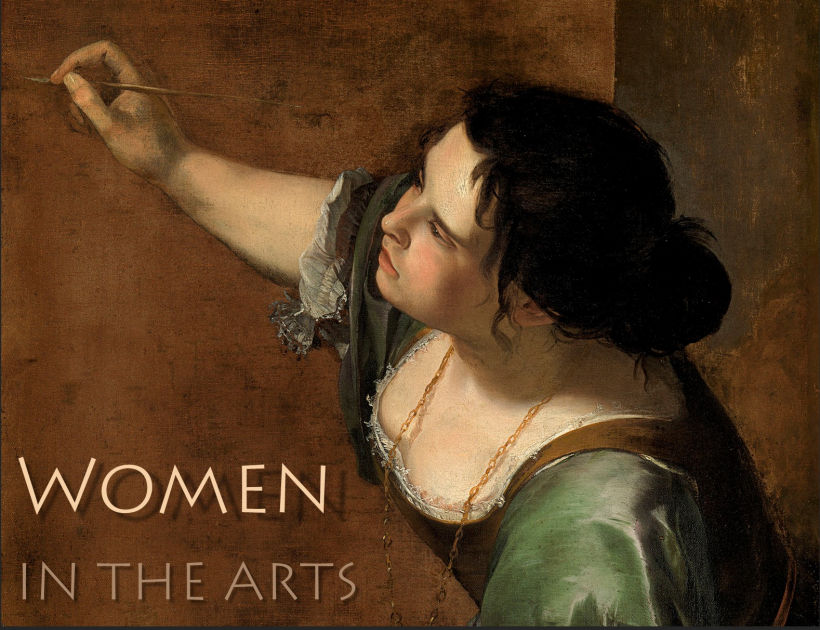8. Writers and Heroines.
What distinguishes female novelists from male ones? The short answer is nothing; great writing is independent of gender.
But ask what women novelists choose to do that men attempt less often, and you get a different answer, at least in the
19th century. Women more often focus on the inner life of a heroine who comes to define herself over the course of the novel as
a woman of strength and independence, who refuses to slip easily into the romantic and social roles prescribed for her by men.
Three such heroines will be the subject of our first hour.
It may seem a lesser genre, but women have always excelled at writing for and about children. The fact that a book is popular
with young readers does not mean that the life of its heroine lacks nuance or moral purpose, and many such books illuminate
dark shadows in the lives of their creators. rb.
The script, videos, and images will be posted immediately after class.
Here are brief bios of the composers and choreographers considered in the class, listed in order of birth—but note
that the list does not include singers or dancers who were not also creators of independent works. All the
biographies of women featured in the course are collected in the BIOS link
on the syllabus page.
 |
Sofiya Feodorovna Rostopchina, Comtesse de Ségur, 1799–1874. Russian-born French writer.
Sofiya was born in Saint Petersburg to a noble family who emigrated during the Napoleonic Wars and settled in Paris once the monarchy was restored. A traumatic chilhood was followed by a loveless marriage to an impoverished Count, but somehow these misfortunes were transmuted into Les malheurs de Sophie and other tales for children she began to write at age 58.
|
 |
Elizabeth Gaskell, 1810–65. English novelist.
The daughter of a Unitarian minister who gave up his position in the North for reasons of conscience, Mary Stevenson married another minister, who moved to Manchester, which became the disguised setting for North and South (1855). She published this, its predecessor Cranford (1853), and a biography of Charlotte Brontë (1857) under the name "Mrs Gaskell," but used a pseudonym before that.
|
 |
Charlotte Brontë, 1816–1855. English novelist and poet.
Charlotte was the oldest and longest-lived of the three Brontë sisters (with Emily and Anne), all of whom were novelists. Her most famous book is Jane Eyre, published pseudonymously in 1847; her later Shirley (1849) was less successful.
|
 |
George Eliot, 1819–1880. English novelist and poet.
"George Eliot" was the pen name of Mary Ann Evans, under which she published seven novels generally regarded as among the greatest in English literature; Virginia Woolf described Middlemarch (1872) as "one of the few English novels written for grown-up people." Her writing is notable for its realistic portrayal of English social life and its acute psychological insight.
|
 |
Johanna Spyri, 1827–1901. Swiss writer.
Spyri was born near Zurich, and lived in the city after marrying a lawyer at age 18, but Heidi and other children's books take her back to happy memories of childhood summers spent in the Alps.
|
 |
Louisa May Alcott, 1832–88. American novelist.
Raised in New England by her Transcendentalist parents, Bronson and Abigail Alcott, Louisa knew such luminaries as Emerson, Thoreau, and Hawthorne. When her family encountered financial trouble, she began writing lurid fiction, like Jo March in her novel Little Women (1868), based upon her own family and three sisters. She was an abolitionist and feminist all her life, and never married.
|
































